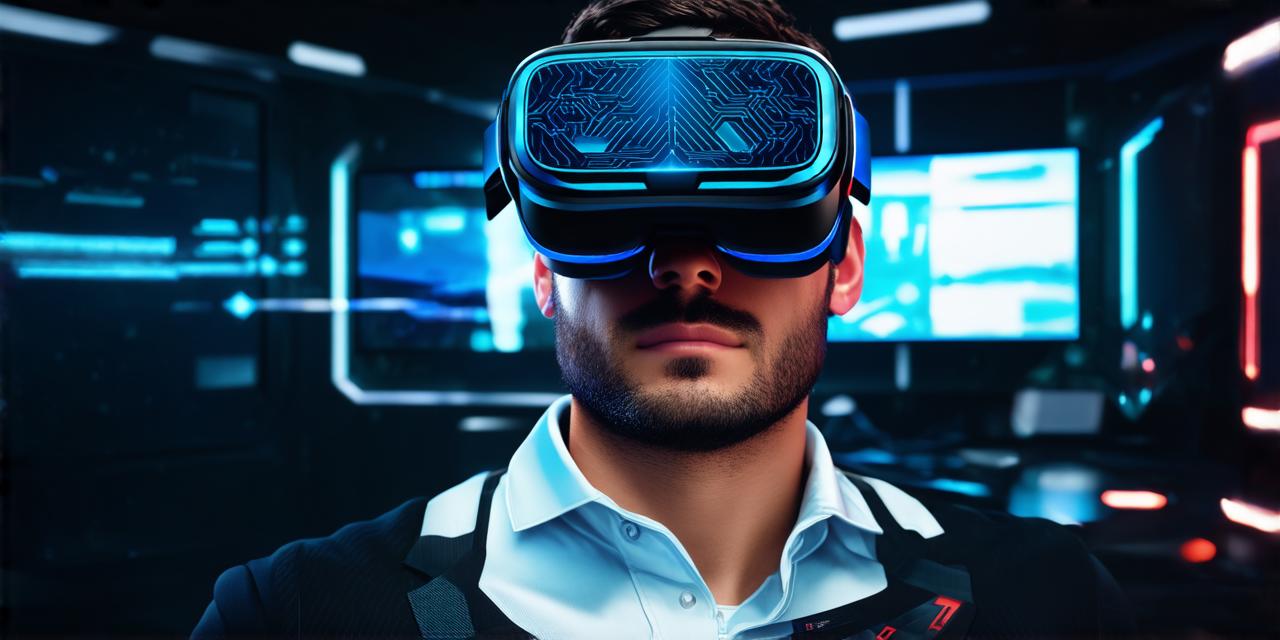Virtual reality (VR) is a rapidly growing technology that offers users immersive, interactive experiences in simulated environments. As with any new technology, it’s important to understand the principles of user experience (UX) in VR and how they differ from traditional UX design.
I. Introduction
Before diving into the specific aspects of UX in VR, it’s important to understand what VR is and how it works. Virtual reality technology consists of three main components: the head-mounted display (HMD), the motion tracking system, and the content creation software.
II. Understanding User Needs in VR
In traditional UX design, user needs are identified through research, interviews, and surveys. However, in VR, understanding user needs can be more challenging due to the unique nature of the technology. Here are some key factors to consider when designing for VR:
- Immersion: VR provides a highly immersive experience that can be both exciting and overwhelming for users. It’s important to design experiences that allow users to feel fully immersed in the virtual environment without causing discomfort or fatigue.
- Interactivity: VR offers users the ability to interact with virtual objects and environments in a way that was not possible before. Designing interactive elements that are intuitive and responsive is essential for a positive user experience.
- Navigation: In VR, navigation can be more complex than in traditional UX design due to the lack of physical cues. It’s important to design clear and intuitive navigation systems that allow users to easily move through the virtual environment.
- Comfort: VR can cause motion sickness and discomfort if not designed with user comfort in mind. It’s important to consider factors such as field of view, refresh rate, and movement restrictions when designing for VR.
III. Best Practices for UX in VR
While the principles of UX design remain the same across all technologies, there are some specific best practices to keep in mind when designing for VR:
- Keep it simple: VR experiences should be designed with simplicity and clarity in mind. Avoid cluttering the virtual environment with unnecessary elements and focus on the most important information and interactions.
- Test early and often: Due to the unique nature of VR, it’s important to test your designs early and often to ensure that they are intuitive and engaging for users. This can involve user testing, usability testing, and prototyping.
- Optimize for performance: VR experiences require high-performance hardware and software to function smoothly. It’s important to optimize your designs for performance to avoid lag, stuttering, and other issues that can negatively impact the user experience.
- Consider accessibility: VR technology is not yet accessible to all users, including those with disabilities. It’s important to consider accessibility when designing for VR and ensure that your experiences are usable by as many people as possible.
IV. Summary
Understanding user experience in virtual reality is essential for creating positive and engaging experiences for users. While the principles of UX design remain the same across all technologies, there are some specific factors to consider when designing for VR, such as immersion, interactivity, navigation, and comfort. By following best practices for UX in VR, designers can create experiences that are intuitive, engaging, and enjoyable for users. As the technology continues to evolve, it’s important to stay up-to-date with the latest trends and best practices to ensure that your VR designs are of the highest quality.
